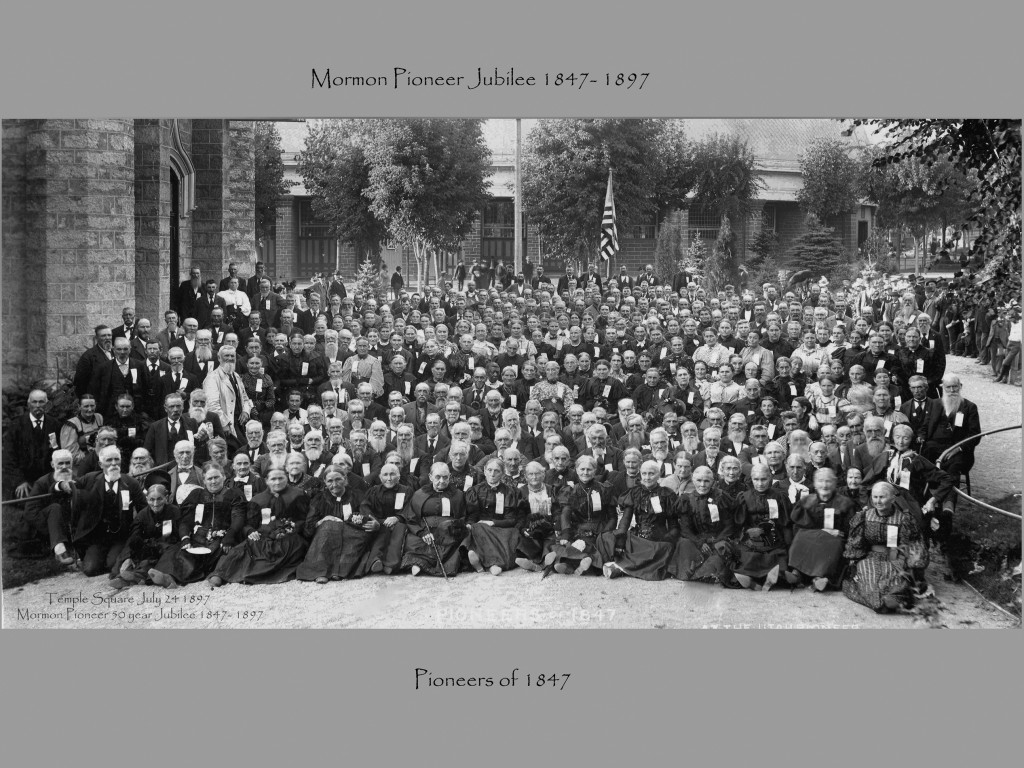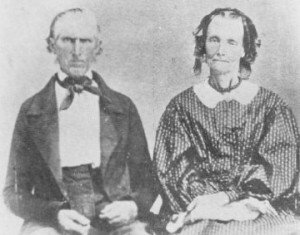I wanted to highlight a fascinating story in the Economist that shows that young people these days are…healthier and less sexually active than past generations.
This trend appears to be consuming the United States and much of Western Europe. As the Economist says:
In America, the proportion of high-school students reporting “binge-drinking”—more than five drinks in a single session—has fallen by a third since the late 1990s. Cigarette smoking among the young has become so uncommon that more teenagers—some 23% of 17- to 18-year-olds—smoke cannabis than tobacco. Over the past ten years pot-smoking has increased, a bit, among these older teens; but even though now legal in some states (see page 35) its prevalence is still far lower than in the 1970s, when Barack Obama was a member of his high-school “choom gang”. Use of other recreational drugs has fallen sharply. Dr Wilson Compton, the deputy director of the National Institute on Drug Abuse, says that perhaps the most worrying trend in young Americans’ drug habits is the increasing abuse of attention-focusing pills such as Ritalin by students keen to improve their performance.
Teenage kicks of other sorts also appear to be on the decline. “Teens are waiting longer to have sex than they did,” according to a report on young Americans from the Guttmacher Institute, a think-tank. America’s teenage pregnancy rate is half what it was two decades ago (see chart 3). Britain has experienced a lesser decline. Most mainland European countries never saw the high rates of teenage pregnancy that America and Britain saw in the 1980s and 1990s, but they too have fewer expectant youngsters than they did.
Teenagers appear not just to be waiting longer for sex, but also by-and-large to be being careful about what they get up to once they get started. According to data from the European Centre for Disease Monitoring and Control, across the European Union (EU) they are the only age group to be diagnosed with fewer sexually transmitted diseases in recent years.
What is causing this newer generation of healthier habits?



